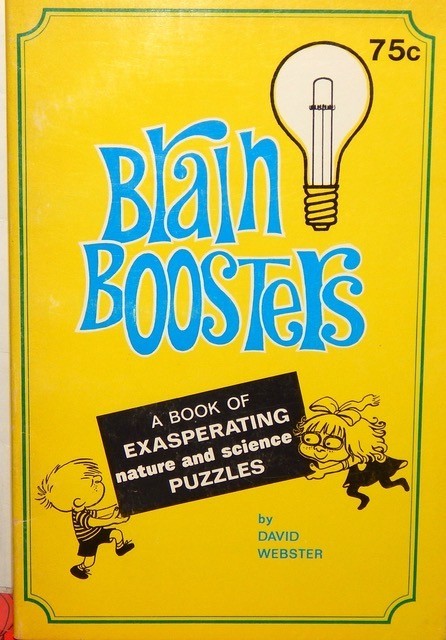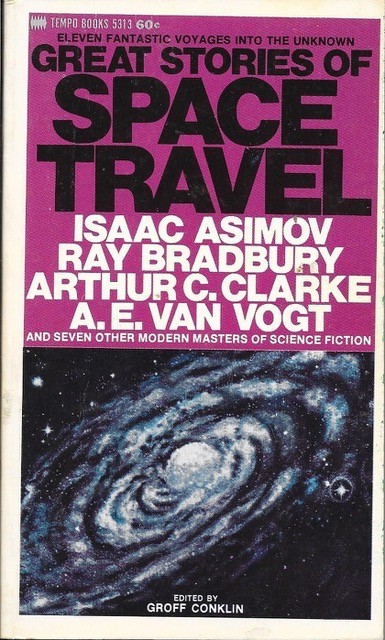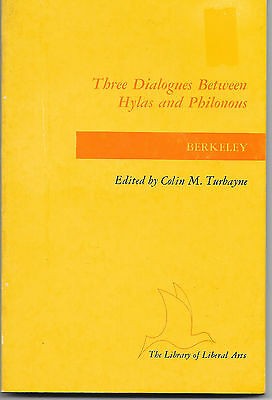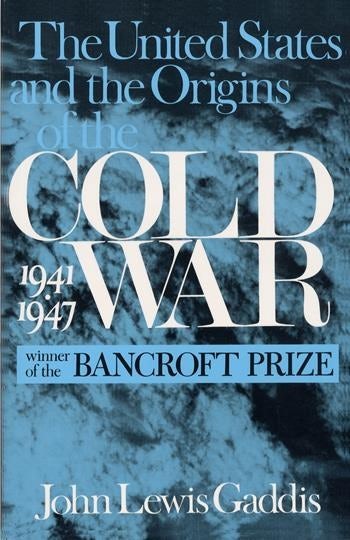
I. A FEW BIBLIOGRAPHIC POEMS
Introduction
I’ve been housebound with my family in a New York apartment since March 15th. What has happened to the time? I brought three boxes of books, in December, in a taxi, from a storage unit, and the boxes contain everyday things, from the house in Ohio where I grew up, and which I associate with “adolescence.” Adolescence is a concept, and the main thing with a concept is you have to be able to use it. Inside the boxes are odds and ends, along with books. There is no particular order to things in boxes, and I think this is adolescence.
It is April 19th, and we do things we didn’t do (before): we make bread, we grow spinach and blueberries, we hit tennis balls against a brick wall on a terrace, we run out of (first) paper towels, and (then) dishwashing liquid, we make kefir with blueberries we pick, and we wash everything in a bath tub and hang socks in front of a blower. Because everything takes a long time, we wear mainly polyester.
Every day from a box: my mother’s sewing kit, a Chinese recipe box, a mass market paperback of Junichiro Tanizaki’s Seven Japanese Tales with my mother’s teaching notes, a book entitled Ceramic Glazes that my father has signed “30 Cable Lane” followed by “1967,” a box of costume jewelry that I find mildly distasteful, and books from grade school, high school, and two from college.
I open the glaze book. It was published in London by Borox Consolidated Limited, in 1964. The back cover says “20 Mule Team Publication” and I think of laundry detergent and a bath tub.
I start reading. My father was a ceramicist and we lived with glazes. He made the dishes we ate on and our house was filled with ceramic vessels, pots, covered dishes, wall reliefs, tall cylinder forms, and planters of all shapes and sizes, and the thing with pots is, if you have them, if they are there in a room, you try to find some use for them. You put walnuts in one, or keys, or pens. I have lived with glazes for as long as I can remember, but I don’t know what they are.
On Monday, the book on glazes. What is time to me now?
What follows are short bibliographic annotations, one might call them open-ended forays, cued to a day. For this reason, I think time exists outside me, or that time is trying to become something else, just like adolescence or a poem.
II. BIBLIOGRAPHY: THE APARTMENT CLEARING
An early Chinese-American Cooking Primer in a Recipe Box
54. LIU, Diana Wu, and Lily Wu Tang. Gourmet Guide to Chinese Cuisine: Complete with Menu Plans and Recipes. Seattle: Chinese Home Arts and Crafts, 1965.
One of two Chinese cooking guides found in my mother’s apartment in 2013, after her death, though there must have been others. A recipe box 4 x 5 x 4 containing 116 index cards upon which are printed 110 recipes, in Courier. Names of dishes printed in a cursive Chinese running script from the top of each card downwards. I believe in my father’s hand. Divided into six sections of which the slenderest is “Desserts,” containing six recipes, beginning with “Agar Agar” and ending with “Sah Chi Ma (Chow Mein Noodle Squares)”—my mother made none of these and I never ate them. The rear of the box is stuffed with 27 recipes torn from magazines—Family Circle, Good Housekeeping, and House Beautiful—of mostly American desserts. The box thus retains a lesson in dissimilarity—the difference between an abundance of recipes for American sweetness compounded out of sugar and fat and a paucity of Chinese ones. Like my mother’s restrained affection for American food, the chronology suggests that becoming an American is not about freedom or the pursuit of happiness but mainly about convenience and ease of translation, and so the box is an introduction to sweetness I have come to think of as deferred. We were never without this box. It sat in our dining room in southeastern Ohio, and in Pennsylvania, on a kitchen counter.
Stamped in red calligraphy on the top, with abstract Chinese pattern in grid form. Font unknown, but even now, 30 years after my father’s death, I recognize the calligraphy as my father’s, and when I open the box and look for the acknowledgments, card xii reads “We also owe thanks to Professor Henry Lin of the Art Department, Ohio University, for the box design….”
Pristine copy. Edition size unknown.
Youth is exasperating. And knows no limits!
8. WEBSTER, David. Brain Boosters: A Book of Exasperating Nature and Science Puzzles. Garden City, NY: The Natural History Press, 1966.
Publisher’s cloth with dust jacket in very good condition with minor rubbing near spine. Boards stamped in gold, with neon yellow paste downs and end papers. Illustrated with line drawings and photographs. Ex Libris book plate glued to front free end paper, with “Tan Lin” hand printed in blue ink.
This is a classic text in how to experiment with household objects, and in theory learn from them. Many of the experiments were reprinted from Nature and Science Magazine, to which our elementary school had a subscription, and many of my classmates were thunderstruck when I predicted the outcome of experiments before they unfurled in the classroom. It was thus, though I did not realize it at the time, the clairvoyant equivalent of my parents’ books, but where my parents’ books took America and its cultural quirks as its theatre, this book instructed me in the physical, and by this I mean “natural” world’s theatre of operations. Here my parents’ and my schooling coincided: the world operates contra rational thought. And thus, the book is a classic: it suggests that logic ushers from the world and not the human brain, which is prone to misapprehensions, errors of judgment, and just plain bad taste. More importantly, the book gave me two ideas consistent with my parents’ second adulthood in America: life is a riddle, simultaneously amusing and intractable; life is an experiment that produces—out of difficulty—what we know.
The first experiment in the book, a brainteaser about thermodynamics and disappointment, was performed on numerous occasions by me. The experiment required the production of an ice cube without any of those little lines in it, followed by a second experiment in which you float an ice cube in the middle of a dish of water.
I called Webster “Mr. Brain-Booster.” Unlike my father, whose wit was silent, Webster’s was quizzical: ants walk in a circle, why? Some plants are crooked, why? You have a hair whorl. It goes one way and not the other, why? The back of the book features an unglamorous photograph of someone, the author, about to bring down a sledge-hammer upon a large rounded boulder that has been placed on the stomach of what is clearly his son. Outcome unknown.
ANSWER KEY: To make an ice cube without lines, freeze it from the inside out. How do you do this?
“To make an ice cube float in the center of a glass of water without touching the sides, first put ice into an empty glass. Then slowly fill the glass with water until it overflows. The curved surface on top of the water keeps the ice away from the glass. In a partly filled glass, you can make an ice cube stay longer in the middle by adding some soap to the water.”
“Why doesn’t a lake ever freeze on the bottom?”
III. A BIBLIOGRAPHIC SPECULATION
“eleven fantastic voyages into the unknown”
12. CONKLIN, Groff. Ed. Great Stories of Space Travel. New York: Tempo Books, 1970.
Mass market pbk. 256 pages. Reprinted, April 1970. Cover 5313. Cover torn. Fading to interior. Owner’s name printed in blue ballpoint ink on inside cover. Contains 11 novelettes and short stories by science fiction authors, including Lester de Rey, Ray Bradbury, Arthur C. Clarke, and Issac Asimov.
Read in middle school. Re-read in high school. Like the latter, a terrifying collection about life on earth, from the perspective of life beyond. More than one story still makes me shudder.
“love at first thought”
16. BERKELEY, George. Three Dialogues Between Hylas and Philonous. New York: Bobbs Merrill, 1971.
16A. DESCARTES, Rene. Meditation 5: Concerning the Essence of Material Things, and Again Concerning God, That He Exists. New York: Bobbs-Merrill, The Library of Liberal Arts, 1979.
In my junior year of high school, I began taking courses at Ohio University. My parents did not have to pay for the courses, and the least practical discipline, philosophy, was my declared interest. The first courses I signed up for were taught by Algis Mickunas, a Lithuanian philosopher who wore a cowboy hat to class, and had written on Husserl, phenomenology, and Zen. The courses were held in Gordy Hall, near the Natatorium where I had failed to learn to swim as a youth, and opposite the street from the Alden Library where I spent countless hours wandering the stacks and staring at the flood plains surrounding the Hocking River. I was a fan of science fiction, and Mickunas, had written, fortuitously, on the philosophy of time travel. I took two courses, one on moral philosophy, the second on epistemology, both overseen by a graduate T.A., a young woman with phenomenally red hair, a Scottish accent, and the name Glynis. An epistemological crush formed as I read, and these carried over to the first two books in the course: George Berkeley’s Three Dialogues Between Hylas and Philonous and Descartes’s Meditation 5: Concerning the Essence of Material Things, and Again Concerning God, That He Exists. I still love the books.
As Mickunas demonstrated, Berkeley’s “primary achievement was the advancement of a theory he called 'immaterialism' (later referred to as 'subjective idealism' by others). This theory denies the existence of material substance and instead contends that familiar objects like tables and chairs are only ideas in the minds of perceivers and, as a result, cannot exist without being perceived.” At around the same time, I picked up John Gaddis’s book on the Cold War at Logan’s Bookstore and it was the first historical masterwork that I fell in love with without reading, the non-fictional analogue to Brautigan’s Trout Fishing and to Descartes idea of God, which I considered preposterously derived. These three books combined in my mind to suggest the derivations of a philosophy of immateriality, applied to reading, where books, too, can exist and be read without being perceived, a practice that has been extensively developed by, of course, French psychoanalysts.
Tan Lin is the author of over 13 books, including Heath Course Pak (2012), Bib. Rev. Ed., Insomnia and...
Read Full Biography





